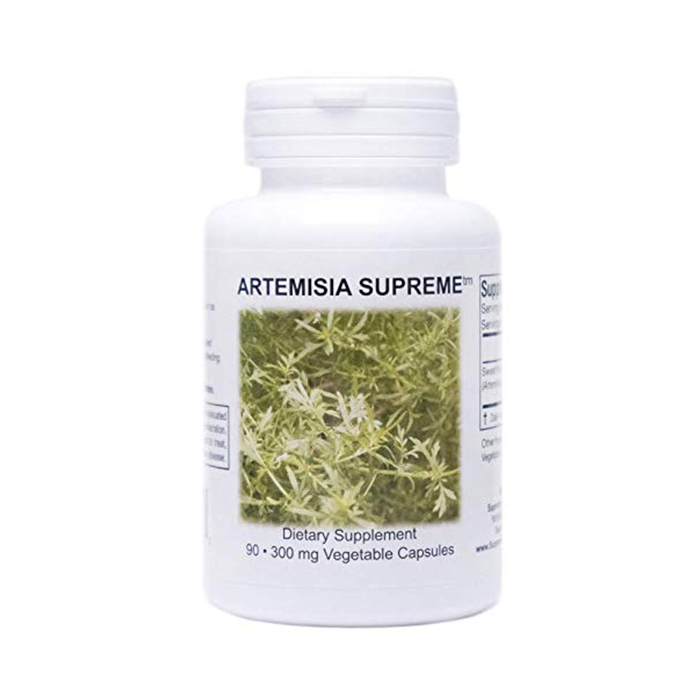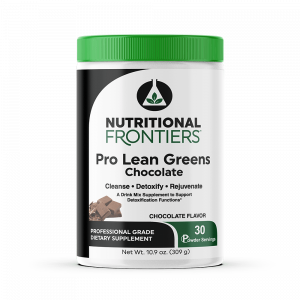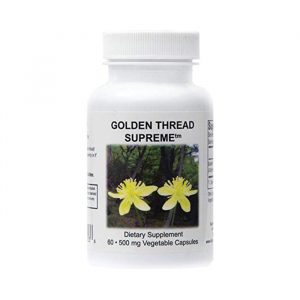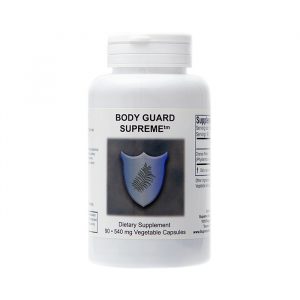Description
Artemisia Supreme – Powerful Antimicrobial and Antiparasitic Support
Artemisia Supreme comes from the Artemisia annua leaf, a plant that has been used for over 2,000 years in Europe and Asia. The World Health Organization recognizes its antimalarial component, artemisinin, which is known for its effectiveness. This plant contains a rich variety of beneficial compounds like flavonoids, essential oils, and alkaloids, offering broad-spectrum support for the immune system.
While Artemisia annua is widely known for treating malaria, research shows it has far-reaching health benefits. In alternative medicine, Artemisia Supreme is especially valued for its ability to combat parasites, bacteria, fungi, and even some autoimmune issues. Its diverse makeup makes it an important supplement for those looking to strengthen their immune system naturally.
Key Benefits of Artemisia Supreme
1. Antimicrobial Properties
Artemisia Supreme contains essential oils that actively fight a wide range of harmful microbes. Studies show its effectiveness against bacteria such as Staphylococcus aureus, Escherichia coli, and Enterococcus hirae. It also demonstrates strong antifungal properties, making it useful against strains like Saccharomyces cerevisiae and Candida albicans.
2. Potent Antiparasitic Action
Artemisia Supreme is highly effective against many parasites. Research shows it helps fight parasites responsible for diseases like Leishmania, Trypanosoma, Babesia, and Schistosoma. Its powerful antiparasitic properties make it a valuable tool in managing infections caused by these organisms.
3. Support for Autoimmune Conditions
By suppressing Th17, Artemisia Supreme can help manage autoimmune conditions. Extracts of Artemisia annua show immunosuppressive effects, which may benefit those dealing with lupus or rheumatoid arthritis. Studies confirm that artemisinin compounds can reduce inflammation and slow the progression of diseases like arthritis by lowering pro-inflammatory markers.
4. Increased Bioavailability with Dried Leaf
Interestingly, dried Artemisia annua leaf is more bioavailable than its extracts. Research shows that consuming dried leaf results in better absorption and effectiveness compared to using extracts or teas. This means Artemisia Supreme offers stronger benefits when consumed in its dried form, making it more effective for health support.
5. Sustainable Malaria Treatment
Dried Artemisia annua leaves have shown significant promise as a sustainable treatment for malaria. Studies confirm that dried leaf consumption is more effective than teas or extracts in treating malaria. This offers hope for low-income regions where affordable, effective treatments are essential.
How Artemisia Supreme Works
Artemisia Supreme combines the benefits of numerous plant-based compounds, including flavonoids, essential oils, and artemisinin. These compounds work together to fight bacteria, fungi, and parasites. Additionally, Artemisia Supreme supports the immune system, making it useful in managing autoimmune responses.
Its ability to suppress Th17 helps reduce inflammation and brings balance to the immune system. With its high bioavailability, the dried form of Artemisia annua delivers these powerful effects more efficiently than extracts.
Research Support
Studies consistently show that Artemisia annua provides a wide range of health benefits beyond malaria treatment. Key research findings include:
- Antimicrobial Studies: The essential oils from Artemisia annua show significant action against harmful bacteria and fungi. These oils effectively combat strains like Staphylococcus aureus and Candida albicans.
- Antiparasitic Research: Artemisinin-based compounds demonstrate strong antiparasitic potential, helping to manage infections from parasites such as Leishmania, Babesia, and Schistosoma spp..
- Autoimmune Research: Extracts from Artemisia annua show promising results in managing autoimmune conditions by reducing inflammatory markers and slowing disease progression.
Additional Therapeutic Uses
Beyond its antimicrobial and antiparasitic properties, Artemisia Supreme has been traditionally used to support the treatment of various conditions, including:
- Anemia
- Asthma
- Diarrhea
- Fever
- Dengue
- Lupus
- Athlete’s foot
- Viral hepatitis
- Skin disorders
These additional benefits make Artemisia Supreme a versatile supplement for overall health and immune system support.
Why Choose Artemisia Supreme?
Artemisia Supreme provides a natural, effective solution for those seeking comprehensive immune and antimicrobial support. With centuries of use and modern scientific backing, it is proven to combat a wide range of infections while helping manage autoimmune conditions. Its superior bioavailability in dried leaf form ensures stronger and more sustainable results.
Customer Reviews
“I was dealing with a stubborn parasitic infection, and Artemisia Supreme helped clear it up. I feel healthier and more energetic.” – Sarah T.
“This supplement has strengthened my immune system, especially during cold and flu season. Artemisia Supreme has been a lifesaver!” – Michael R.
Call to Action
Support your immune system naturally with Artemisia Supreme. Order Now and experience the benefits of this powerful antimicrobial and antiparasitic supplement!
Frequently Asked Questions (FAQs)
Q1: How does Artemisia Supreme support immune health?
Artemisia Supreme fights off bacteria, fungi, and parasites while helping balance the immune system, making it useful for managing infections and autoimmune conditions.
Q2: Is Artemisia Supreme safe for daily use?
Yes, it is safe for daily use. However, it’s always a good idea to consult your healthcare provider if you are pregnant, nursing, or on medication.
Q3: Can Artemisia Supreme help with autoimmune conditions?
Yes, it helps reduce inflammation and supports immune balance, making it beneficial for those with autoimmune conditions like lupus or rheumatoid arthritis.
Q4: How does dried Artemisia leaf compare to extracts?
Studies show that dried Artemisia annua leaf is more bioavailable and effective than extracts or teas, providing stronger therapeutic benefits.
Q5: What other health conditions can Artemisia Supreme help with?
In addition to fighting infections, it supports conditions like anemia, asthma, diarrhea, lupus, and skin diseases, making it a versatile health supplement.






Reviews
There are no reviews yet.